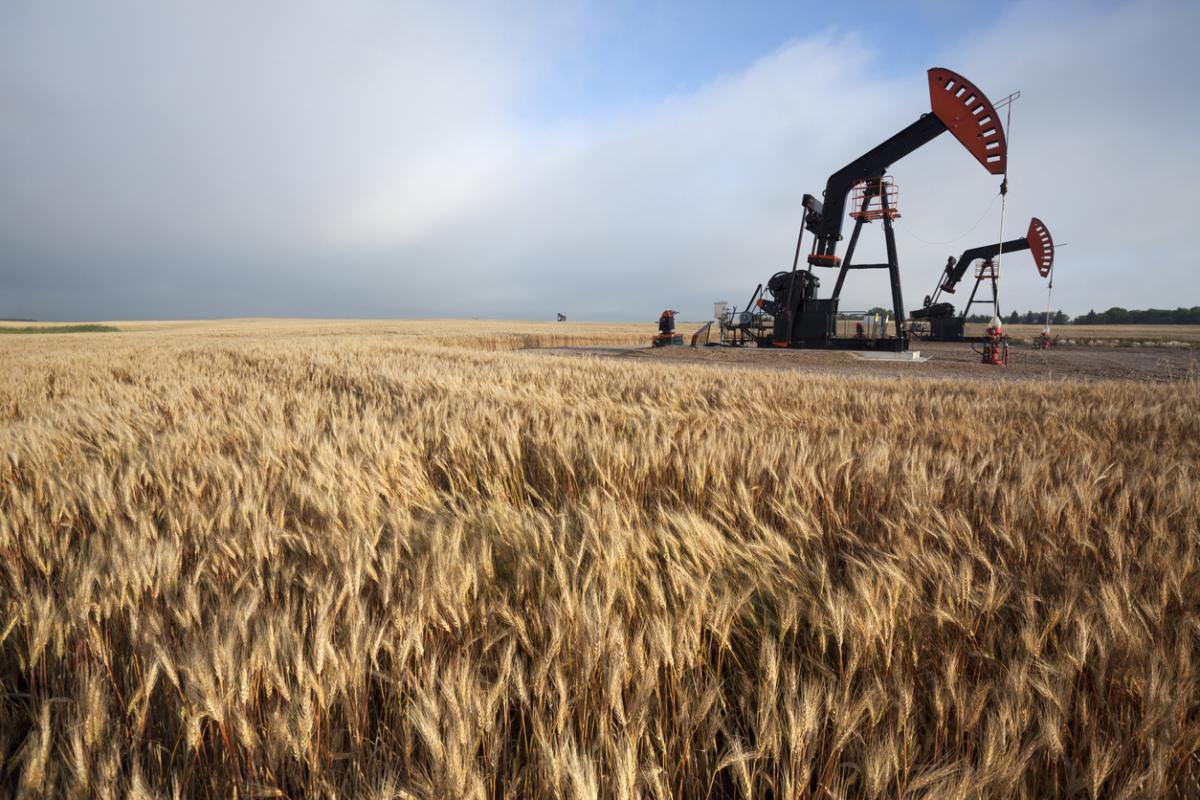Canada Slow to Come Clean on Removing Fossil Fuel Subsidies
Without adequately addressing subsidies, the federal government undermines benefits from its own commendable carbon pricing policies.
A few weeks ago, researchers in Hawaii found our atmosphere’s concentration of carbon dioxide is the highest it’s been in 3 million years. Back then, humans didn’t exist. Earth was significantly hotter. Sea levels were 15 metres higher.
We are heading toward a similarly unrecognizable world. The need to take bold climate change action could not be clearer.

A vital action Canada must take to avoid a future of runaway climate change is reform of fossil fuel subsidies. By distorting the market, these subsidies incentivize the emissions that cause climate change. As well as being fiscally irresponsible, they help lock in pollution and slow our transition to a low-carbon economy.
Over the past few months, there have been repeated high-level calls to end fossil fuel subsidies. The United Nations' recent biodiversity report, which projected one million species approaching risk of extinction, denounced these subsidies for their devastating impact on wildlife. World leaders, such as UN Secretary-General Antonio Guterres and the International Monetary Fund’s Christine Lagarde, have condemned fossil fuel subsidies as a driver of climate change.
Ten years ago, Canada and other G20 countries committed to phasing out fossil fuel subsidies, but progress has been slow. Our country is still the largest funder of fossil fuels per unit of GDP in the G7. While the federal government has taken steps to address subsidies, including committing to a peer review of its subsidies with Argentina, phasing out some subsidies such as the Atlantic Investment Tax Credit (AITC) and opening consultations on non-tax subsidies, more work is needed to meet the G20 goal—because our subsidies are still significant.
In past years, federal subsidies have reached more than CAD1 billion per year. From 2016 to 2018, the federal government committed to some reforms, including removing the AITC, but still provided hundreds of millions of dollars annually in fossil fuel subsidies
To be clear, ensuring access to affordable energy is important, particularly for vulnerable groups. However, the reality is that many Canadian fossil fuel subsidies go to producers, not consumers. Our priority should be reclaiming taxpayer dollars and foregone public revenue handed to private companies that promote fossil fuel production.
The kicker is that we don’t understand the full scope of this problem. Canadians don’t have access to information on who directly benefits from these subsidies, or just how much in taxpayer dollars is being spent. Numerous organizations have pushed for subsidy transparency, but pressure to act has also come from inside government. Earlier this year, the Commissioner of the Environment and Sustainable Development criticized Canada’s lack of transparency and progress on this issue.
In response, Environment and Climate Change Canada began a public consultation on non-tax subsidies, which will remain open until the end of June. This is a positive step, and the results could build support for subsidy reform and improved policies to transition to a low-carbon economy.
However, more needs to be done. Despite clear calls to action from the commissioner, Finance Canada has yet to begin a similar public review process or consultation on tax provisions that benefit the oil and gas sector.
Without adequately addressing subsidies, the federal government undermines benefits from its own commendable carbon pricing policies. Significant emission reductions will only happen if Canada addresses those policies that encourage emissions in the first place.
The economics are clear. With billions redirected away from harmful subsidies, Canada has an incredible opportunity to support issues that matter to Canadians, such as job creation, healthcare and education.
We can move toward a low-carbon economy and a clean future for Canadians and at the same time use savings from subsidies to support industry, workers and communities that are affected by this transition. Canada already has a model to do this: the Just Transition Task Force on coal gave clear policy options to chart a safe, sustainable future beyond fossil fuels.
The question is: are we ready to come clean?
This op-ed first appeared in The Hill Times on June 5, 2019.
Funded by
You might also be interested in
At long last, Canada restricts oil and gas subsidies (except for all the loopholes)
Environment and Climate Minister Steven Guilbeault has unveiled detailed plans to phase out "inefficient" oil and gas subsidies, based on guidelines released yesterday morning that take effect immediately and are meant to fulfill a 14-year-old pledge by G20 countries.
Canada to Cut Oil & Gas Subsidies
The Canadian federal government has implemented a framework to revoke subsidies for fossil fuels that are deemed inefficient. However, the framework lacks details on the specific subsidies to be eliminated and does not provide a dollar amount for the cuts. Canada, as the fourth-largest oil producer in the world, is the first country to comply with a 2009 pledge made by the Group of Twenty (G20) nations. The government plans to exempt oil and gas projects that have plans to reduce emissions and utilize carbon capture and storage (CCS) technology. Federal Environment Minister Steven Guilbeault stated that the objective is for federal support to be directed only towards projects that decarbonize the sector and result in significant greenhouse gas emissions reductions.
Canada Bans Some Fossil Fuel Subsidies, Meeting Decade-Old G-20 Pledge
Canada revealed new rules to ban some fossil fuel subsidies, targeting those that unfairly advantage oil and gas, solely support sector activities or endorse consumption of fuels that worsen climate change.
Canada releases framework to phase out inefficient fossil fuel subsidies
Canada on Monday released a framework for eliminating inefficient fossil fuel subsidies, making it the first G20 country to deliver on a 2009 commitment to rationalise and phase out government support for the sector.
